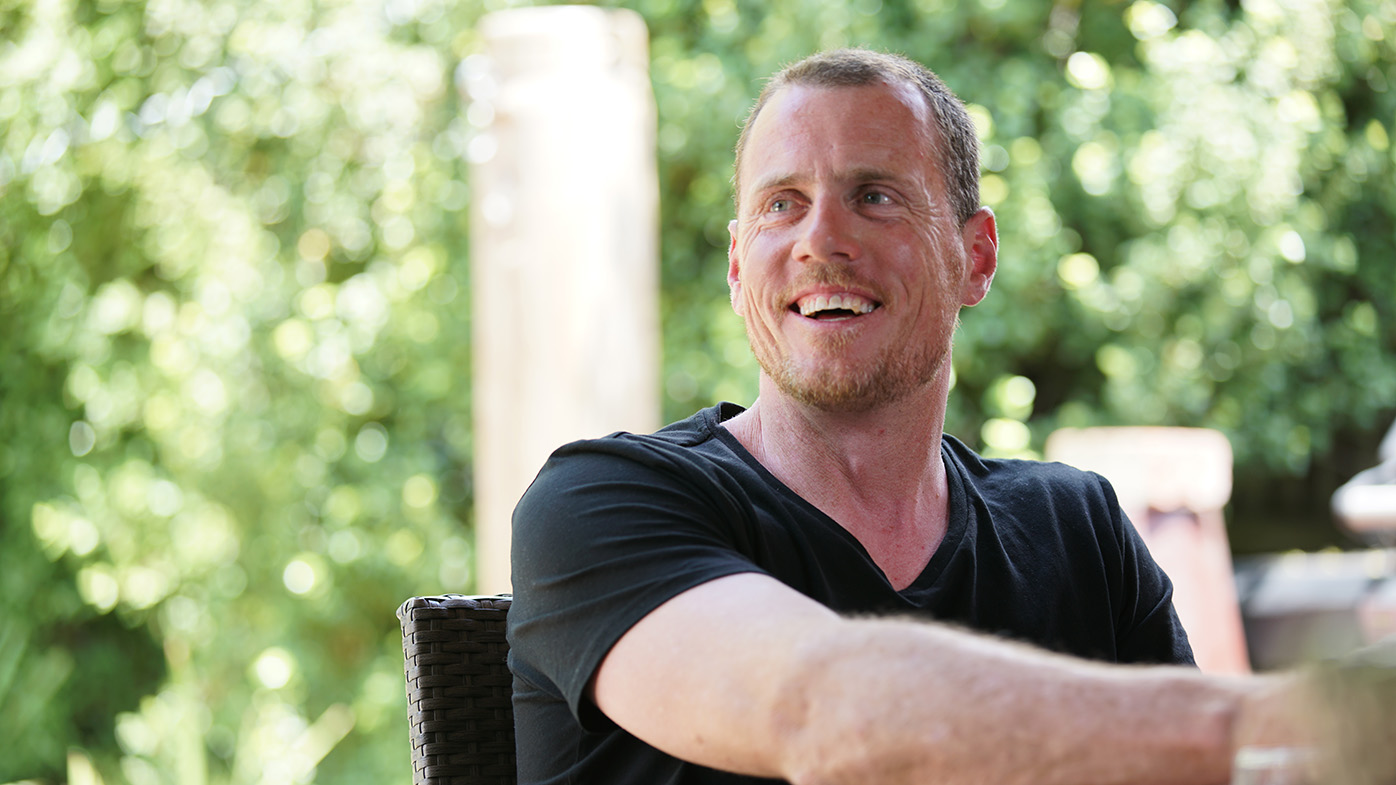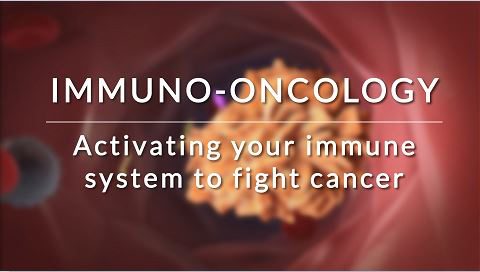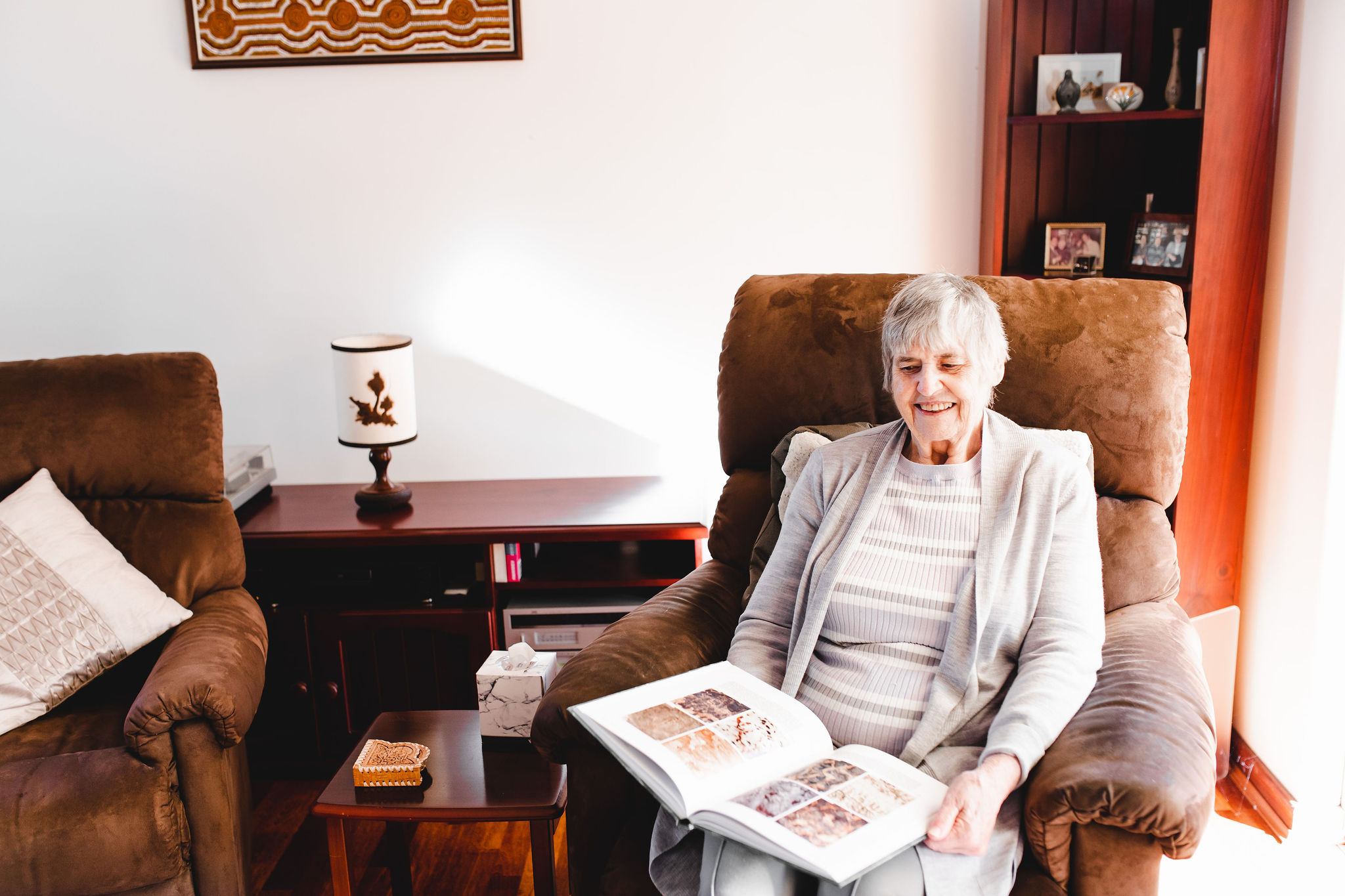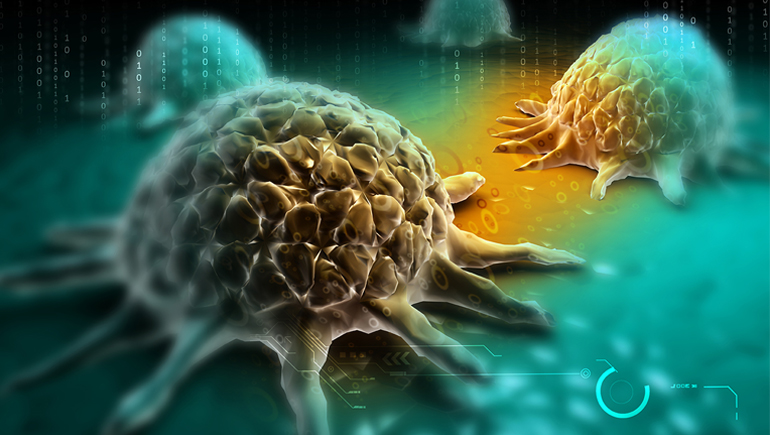
“The first diagnosis was horrendous. I had a lump in my armpit, just on my left side.”
In 2018, 38-year-old father of two and landscape designer, Ben, received news that no one ever wants to hear: a biopsy of a seemingly innocuous lump in his left armpit was diagnosed as metastatic melanoma.
After surgery to remove his axillary (underarm) lymph nodes and daily radiation for five weeks, Ben had a short period of respite. But a couple of months later, when he began to feel unwell, Ben thought he had symptoms of a stomach ulcer. He saw his oncologist who told him: “The melanoma’s back. It’s what we thought would happen. It’s disappeared for a couple of months and it’s come back, and it’s come back in a big way.”
Changing the melanoma survivorship story in Australia
Less than 10 years ago, this is where Ben’s story may have ended. But thanks to advances in cancer treatment, his story has a very different outcome.
Ben’s story, and the stories of many thousands of people living with advanced melanoma, is especially important in Australia, where melanoma is often called our ‘national cancer’. Australia has the second highest rate of melanoma in the world, sneaking in just behind New Zealand, and at 11 times the global average.1 Around 15,000 people in Australia are diagnosed with melanoma a year.2 Tragically, one Australian will die every five hours from the disease.2 Melanoma is also frequently a cancer that affects young people like Ben, and is the most commonly diagnosed cancer in Australians aged 15 to 39 years.2
It is cruel statistics like these that drive scientists working in cancer research with a sense of urgency every day - a sense of urgency that originally led researchers at Bristol Myers Squibb to pioneer a class of medicines that harness the power of the patient’s own immune system to treat cancer.
Called immuno-oncology, the company’s first medicine to use this new approach in treating cancer was made available to Australians through the Pharmaceutical Benefits Scheme (PBS) in 2013.
Associate Professor Matteo Carlino, Medical Oncologist and lead investigator at Westmead Hospital and the Melanoma Institute Australia explained how immuno-oncology has transformed the lives of people living with melanoma.
“The introduction of immuno-oncology has meant that treatment options for advanced melanoma have improved considerably in recent years. These treatments kick-start the immune system so it can find, attack and destroy cancer cells, and this has changed survival expectations for many people living with advanced melanoma.”



